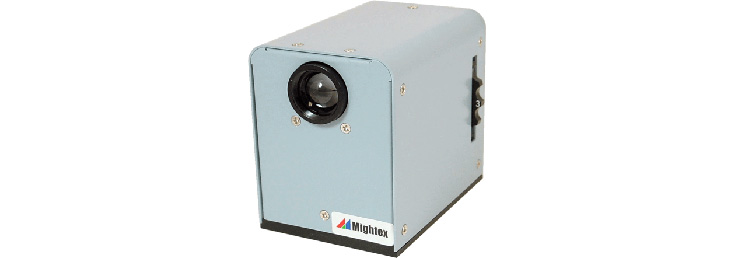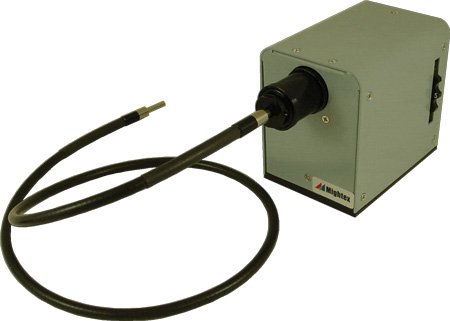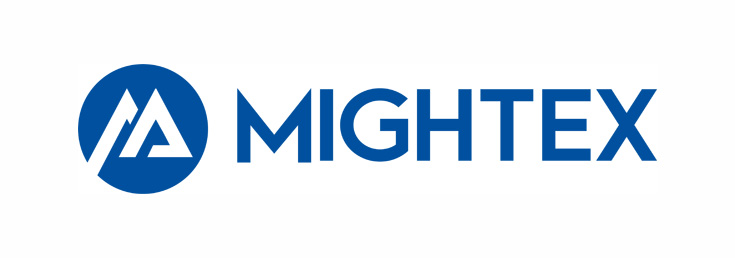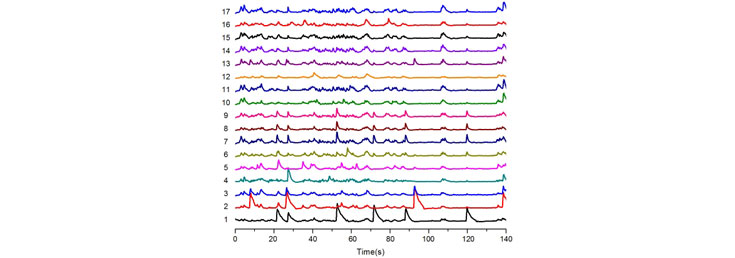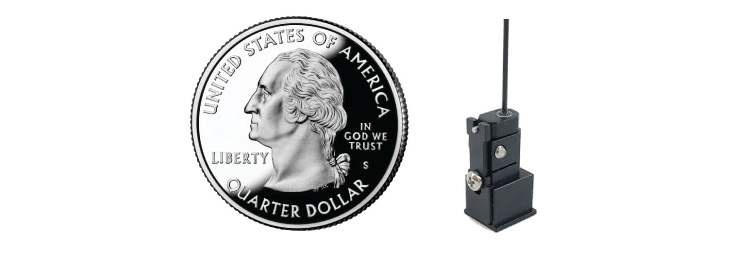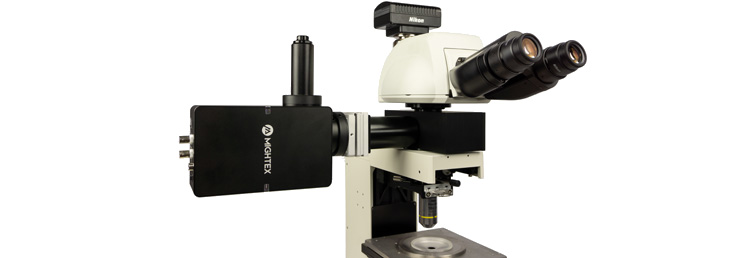Mightex WheeLED Wavelength-Switchable LED Sources
Many applications require wavelength-switchable sources. For example, in vision applications different types of objects may require different illumination wavelengths for optimized contrast. Mightex WheeLEDTM wavelength-switchable LED sources let users manually switch between a selection of LED sources with different wavelengths and/or white LED’s.
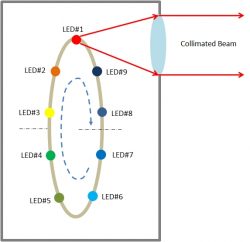
A wide range of wavelengths and white LED’s are available for users to choose from. The selected LEDs are installed in the light source chassis in the factory. Users can then switch among the installed LEDs by manually turning a hand wheel.
A high-NA aspherical collimating optics is included for precision collimation and high light throughput. Clear aperture of the optics is 22mm in diameter. Other optional optics may be added for fiber/lightguide coupling and other functions.
The light source includes a 5-ft electrical cable with a connector on one end to be plugged into the light source, and two bare-wire terminals at the other end. The light sources can be driven by Mightex LED controllers or other LED controllers and current sources. Only a single driving channel is required because at any time only one wavelength is powered up. Over-current protection is built into the light source to prevent potential damage during switching.
An optional focusing module can be mounted on the front of the LED collimator to focus light into a tight spot which is an image of the LED emitter.
An optional light guide adapter is also available to couple the LED light into a lightguide, as shown in the photo below.
Features:
- Switchable among wavelengths/colors
- Up to 9 LED emitters
- Wide range of available wavelengths: UV/VIS/NIR and white
- Standard 22mm-diameter collimating optics
- Optional focusing module
- Optional fiber-coupling optics
- Optional lightguide-coupling optics
- Optional LED controllers
Applications:
- General purpose light source
- Microscope illuminator
- Fiber and lightguide coupling
Specifications
Please visit the manufacturer's website
and download their datasheet.
About the BLS-series BioLED light sources
Mightex BLS-series BioLED light sources are modularized fully-customizable turn-key solutions for optogenetics, fluorescence excitation, and other biophotonics applications. Precisely-timed and high-intensity light pulses are required in optogenetics experiments to activate channelrhodopsins (ChR2, ChR1 etc.) and halorhodopsins (NpHR) in order to excite and inhibit neurons. To meet these requirements, Mightex has developed a proprietary “IntelliPulsing” technology to allow BLS-series sources to output significantly higher power in pulse mode than what the LEDs are rated for in CW mode.
Features:
- High-power UV/VIS/NIR/white fiber-coupled LED’s
- Interchangeable fiber with SMA connector
- No moving parts in optical path
- Multiple mounting features for lab and OEM applications
- Optional LED controllers
- Compact, machined metal housing with integrated heat sink
- Locking electrical connector
Specification Sheet (in manufacturer's website)
Selecting a Microscopy LED Light Source
1. Select LED Wavelength

2. Select LED Configuration
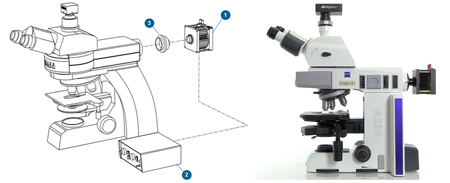
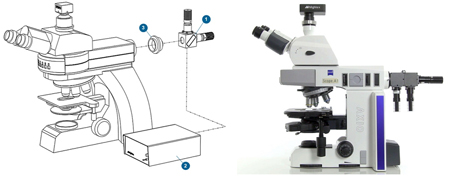
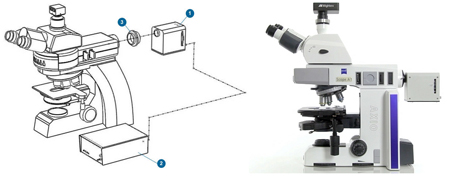
3. Select LED Controller
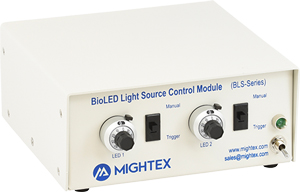
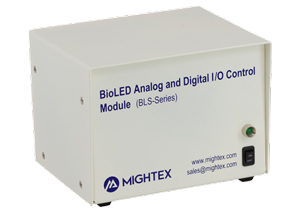
4. Microscope Coupling
Microscope adapters are available for all major manufacturers (Nikon, Olympus, Leica, Zeiss). If you have a different microscope, please contact us.

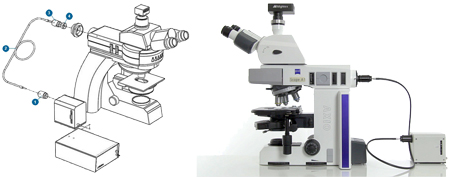
LED Application Examples
Abdelfattah AS et al., Bright and Photostable Chemigenetic Indicators for Extended In Vivo Voltage Imaging – Science (2019)
Abdelfattah et al., developed novel chemigenetic indicators for in vivo voltage imaging in neurons. To illuminate their indicators, the group used Mightex’s Microscope LEDs.
Crandall SR, et al., Infrabarrels Are Layer 6 Circuit Modules in the Barrel Cortex that Link Long-Range Inputs and Outputs – Cell Reports (2017)
In this work, Crandall et al., used Mightex’s Microscope LEDs to optically stimulating different neuronal pathways connecting to pyramidal neurons found in L6 of the whisker somatosensory cortex of mice.
Higgs MH, Measurement of Phase Resetting Curves Using Optogenetic Barrage Stimuli – Journal of Neuroscience Methods (2017)
To study phase resetting curves in vivo, Higgs and Wilson used Mightex’s Microscope LEDs to establish whether their novel method of optogenetic barrage stimulation would work during extracellular spike recordings (a recording method often used in in vivo experiments).
Also See:
Related Products:





